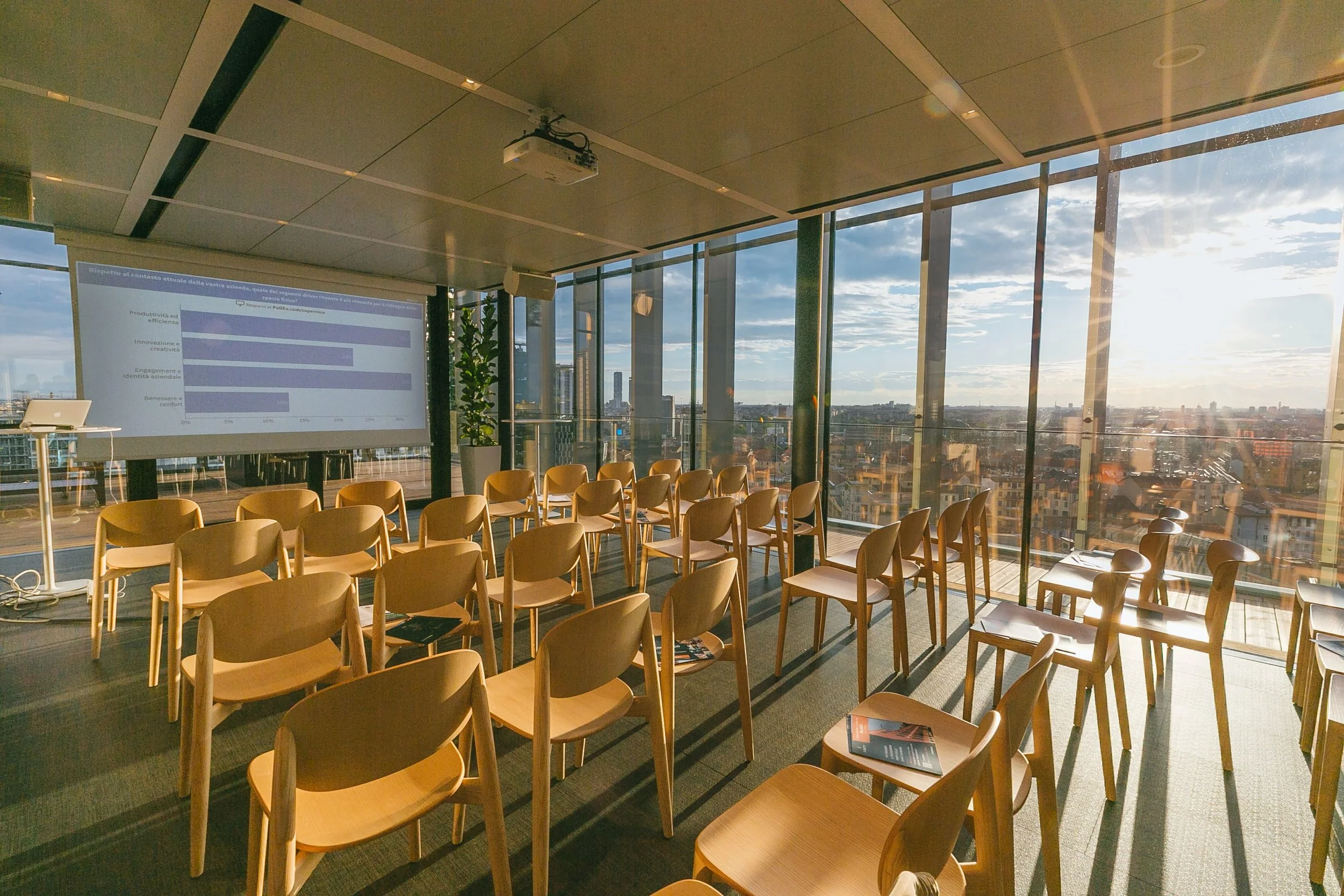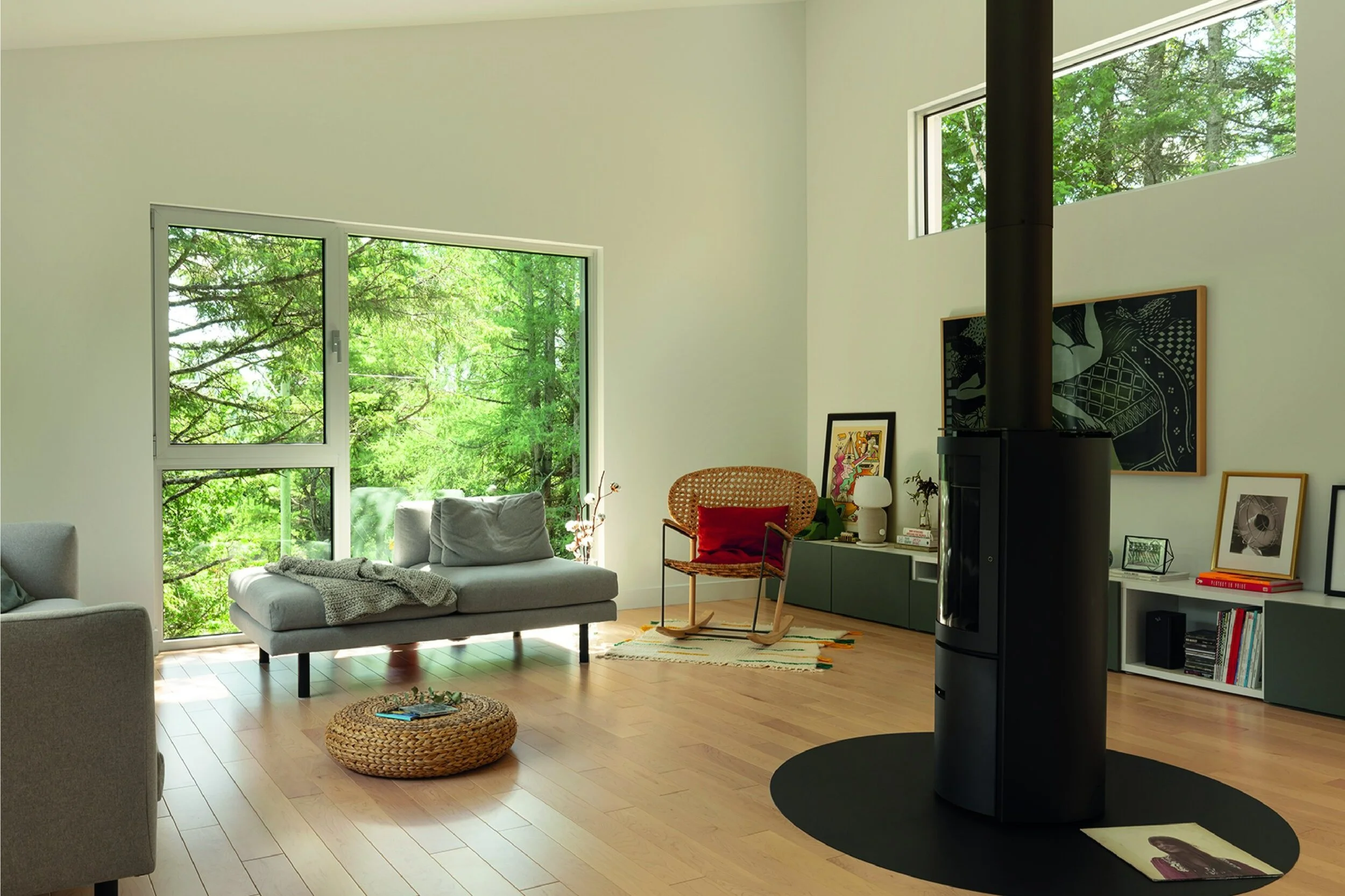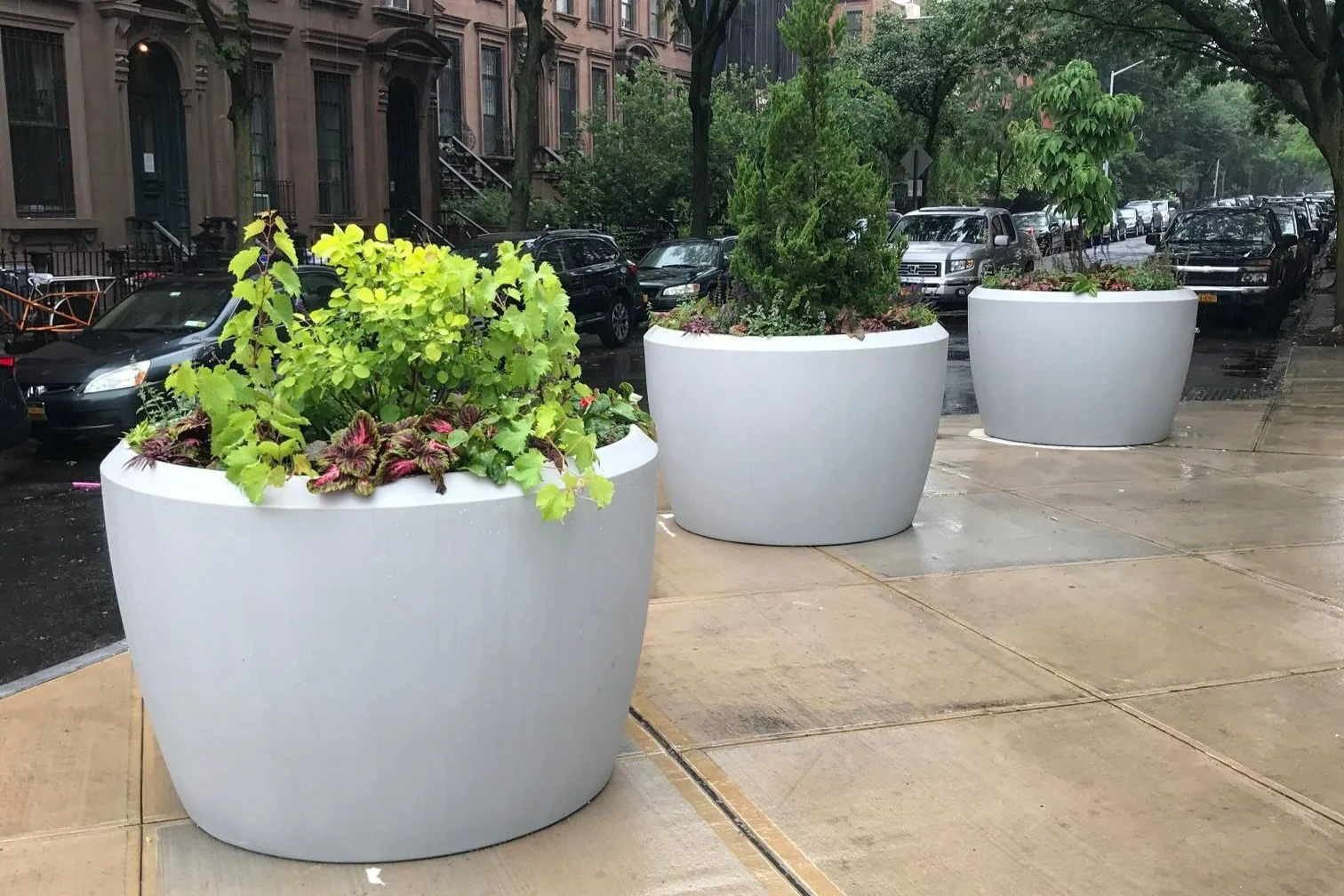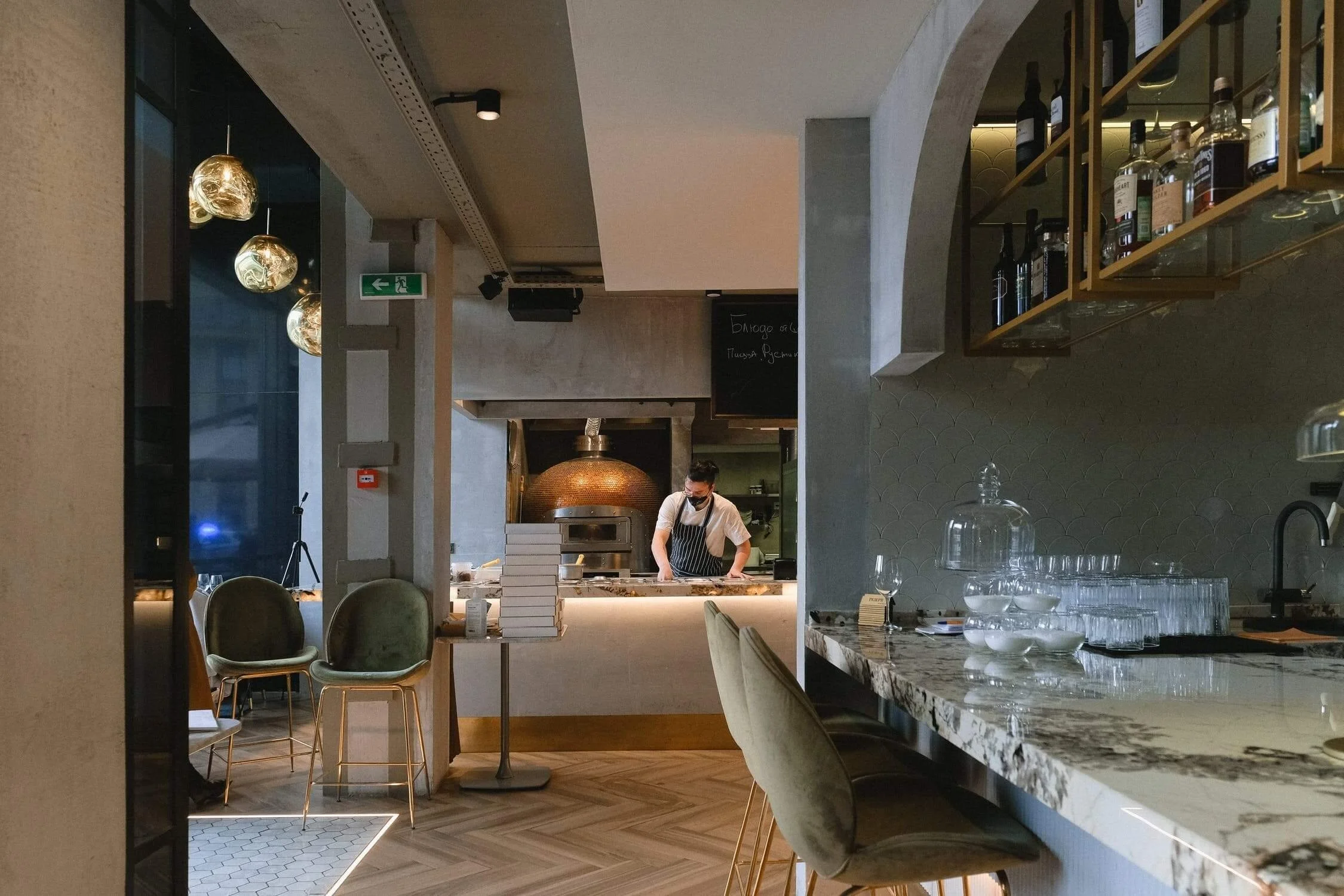7 Tips for Smart Building Design
In today’s technologically advanced world, it’s no surprise that more companies are making smart building design a top priority. One report found that the global smart building market will grow from $66.3 billion to $108.9 billion by 2025, with a compound annual growth rate of 10.5%.
The driving factors fueling this explosive growth are internet of things (IoT) technologies, changing industry standards and guidelines, and increased demand for energy-efficient systems.
The COVID-19 pandemic has also sparked demand for smart buildings to integrate new office environments, especially as remote workers return to their in-office positions. Smart buildings play a significant role in fighting the virus, as it’s now possible to monitor the cleanliness of a facility and ensure proper air ventilation.
Members of the AEC (architecture, engineering, and construction) industry may face challenges trying to design a smart building. It’s no walk in the park — it takes proper planning, research, a skilled team of building engineers, and a sense of collaboration.
Let’s discuss seven tips to keep in mind when designing a smart building.
image © unsplash
1. Focus on the six key components of smart building design.
There are many ways in which companies in the AEC industry can approach smart building design. However, it’s important to recognize the six key components of any smart building design. They are:
Connectivity
Health and well-being
Safety
Power and energy
Cybersecurity
Sustainability
Professionals working on smart building design should consider how their design choices align with these six elements. Designers must use these elements to guide their design choices, not the other way around. Taking them into account will ensure the final smart building design will yield positive outcomes.
2. Develop SMART goals and a realistic timeline.
SMART goals are goals that are: specific, measurable, achievable, relevant, and time-bound. Generally speaking, creating SMART goals early in the design process provides designers with a more detailed outline of actions that need to be taken to reach the goal. SMART goals are easier to understand and achieve.
It would be virtually impossible to try and move forward with a smart building design plan without first creating a realistic timeline. Certain steps during the design, implementation, and construction process need to be planned. Taking the time to do this before design implementation and construction will increase the chances that the project will be completed promptly.
3. Consider what smart building systems will be included.
Smart buildings have integrated systems and networks to help manage how the facility operates daily. For example, smart buildings use automation for:
Heating and cooling systems
Security
Lighting
Ventilation systems
Water usage
Waste management
Take lighting, for example. Introducing a smart lighting system can certainly improve the quality of the smart building. If it’s a robust smart lighting system, it can maximize a building manager’s time, effort, and resources. Identifying which smart systems will be implemented during this design phase is essential.
4. Develop and plan a vision for the smart building.
Companies in the AEC industry can benefit from working closely with clientele to ensure the final product will meet their expectations, especially when it comes to design. Design, in general, is a double-edged sword. It can unleash human creativity, but it is subjective — because the client is paying for this smart building, the final design must reach their standards, not the designers.
Collaborate with clients and other company employees to ensure the vision for the building is viable. Is it realistic? Is it possible to construct the various design elements? Asking these types of questions will remove the guesswork for the company in the future.
5. Add in green building design elements.
Smart buildings tend to incorporate green design elements. Sustainable building is a key component of designing a smart building. Smart buildings that are energy efficient can reduce the global carbon footprint, and the ultimate goal is to use smart buildings to create smart cities.
There are many ways companies can implement green elements into their smart buildings. For instance, the roof of a smart building can be green. Designers may choose to include green roof soil systems to optimize green roof performance and make for healthy plant growth. Consider using a biophilic design approach when implementing green building elements and always prioritize sustainability.
6. Take smart security into consideration.
While it is up to residents and owners to do their part to secure the property of a smart building, there are also ways designers can enhance security to offer protection. Those residing in the building can, for example, install smart locks, keep windows closed, and incorporate a smart security system to protect themselves from burglaries or people trespassing.
Smart building technologies, such as IoT sensors, can be leveraged to enhance the security of the smart building. Companies should also consider security measures during the design process.
7. Be flexible when trying to reach design goals.
It was mentioned that SMART goals are best when designing a smart building. It’s also just as important to recognize that not every design project will go according to plan, and it’s normal for companies to face challenges while designing smart buildings.
It’s best to remain flexible and change goals as the design process progresses. AEC enterprises should be ready to adapt when disruptions occur, as they likely will — no company wants to be caught off-guard.
Keep all of these tips in mind when designing smart buildings. Smart buildings are gaining popularity, and that trend will likely continue.
Use the Tips Above for Smart Building Design
There's no doubt that smart buildings will be the cornerstone of smart cities, and AEC companies need to focus on improving their design process to yield the best results. Smart buildings will greatly benefit residents and members of the surrounding community. Use the tips listed above when approaching smart building design.
cover image © unsplash







